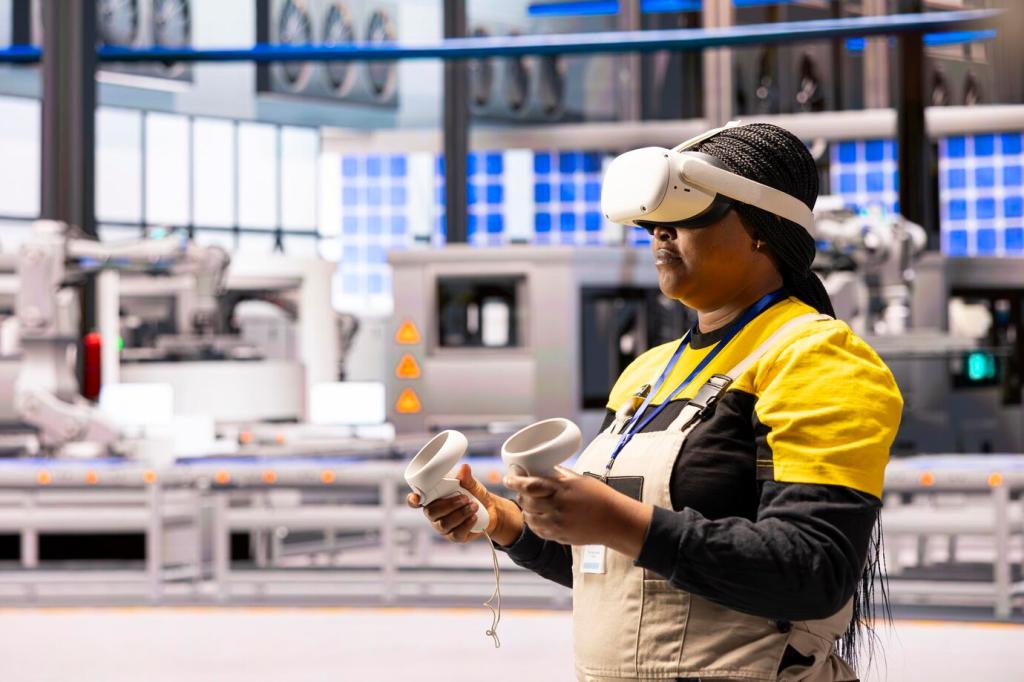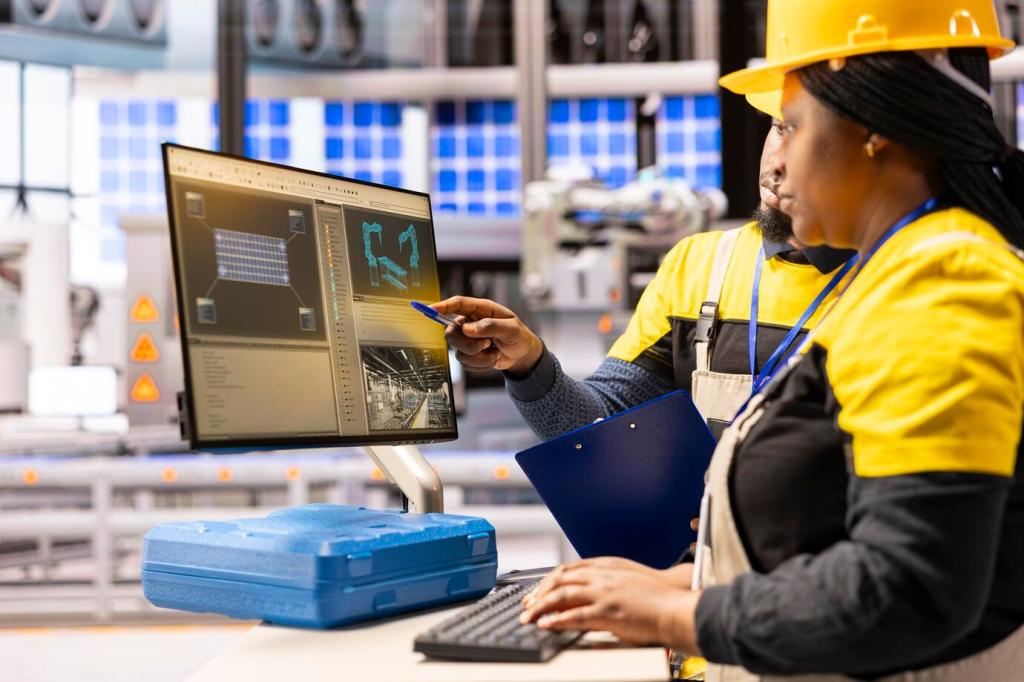
Cogen Systems in Industrial Facilities: Powering Efficiency and Resilience
Chosen theme: Cogen Systems in Industrial Facilities. Explore how combined heat and power turns wasted energy into productive steam, hot water, and chilled water while cutting costs, emissions, and downtime risks across demanding industrial operations.
Why Cogen Belongs on Your Plant Floor
From Waste Heat to Work
Instead of venting exhaust heat, cogen channels it into steam, hot water, or absorption chilling that directly supports process loads. Your boilers work less, your processes run steadier, and your energy budget finally reflects real efficiency.
Efficiency That Moves the Needle
Typical central power reaches roughly 40–55% efficiency. Industrial cogen often delivers 75–90% overall, transforming electricity plus thermal needs into a single, optimized system that shrinks fuel waste and flattens operating costs month after month.
Engage With the Topic
Share your facility’s peak loads, steam pressures, and outage pain points in the comments. We’ll tailor future insights to your processes, and invite you to subscribe for hands-on cogen strategies and real-world performance benchmarks.


Understanding the Technology Stack
Reciprocating engines excel at fast ramping and modularity; gas turbines shine at steady, larger loads. Both can run on natural gas, renewable natural gas, or carefully blended hydrogen, aligning cogen assets with decarbonization roadmaps and fuel resilience.
Understanding the Technology Stack
Heat recovery steam generators, economizers, and hot-water loops harvest exhaust heat. Configurations match your process: multi-pressure steam, direct-contact heaters, or thermal storage to time-shift energy, ensuring recovered heat meets the right loads at the right moments.

Stacking Savings and Revenues
Cogen reduces purchased electricity, trims boiler fuel, and may earn revenue from demand response or capacity markets. Layer tax incentives, avoided transmission charges, and thermal efficiency gains to present a resilient financial stack with credible payback timelines.

CAPEX, OPEX, and Contracts
Balance upfront capital with long-term service agreements that protect availability. Consider EPC delivery, energy-as-a-service, or ESCO models to de-risk performance. Predictable maintenance intervals and parts logistics convert uncertainty into manageable, budgetable line items.
Reliability and Decarbonization in Practice
With islanding modes, black-start capability, and on-site generation, industrial cogen rides through storms and grid disturbances. Operators keep critical lines powered, refrigeration stable, and safety systems live while competitors scramble for backup solutions.
By using fuel once to produce both electricity and heat, cogen often reduces CO2 by 15–40% versus separate heat and power. Results depend on grid carbon intensity, thermal utilization, and part-load behavior—measure honestly and optimize deliberately.
A paper mill repurposed turbine exhaust to drive multi-pressure steam, cutting boiler firing and stabilizing dryer sections. Operators reported smoother web moisture and fewer breaks—proof that cogen’s climate benefits can ride alongside quality and throughput gains.
Design and Integration for Industrial Processes
Pinch analysis clarifies where heat is truly valuable. Map streams, target temperature approaches, and seasonal swings, then place recovery hardware where it displaces the most expensive kilns, dryers, or boiler loads without compromising production flexibility.

Permitting and Compliance
Air permits drive timelines—plan for NOx controls, stack testing, and monitoring. Address noise, water use, and safety standards early. Proactive engagement with regulators prevents redesign surprises and keeps procurement and construction sequences aligned.
Interconnection and Safety
Coordinate protection schemes, anti-islanding logic, and metering per utility requirements and applicable standards. Safety reviews with EH&S ensure lockout-tagout clarity, while commissioning plans validate performance under normal, islanded, and upset conditions before handover.
